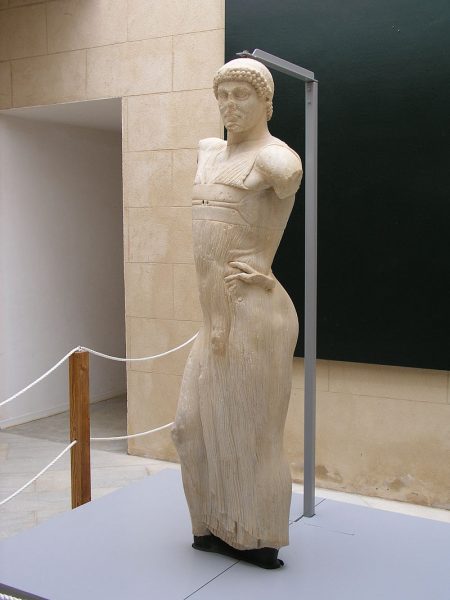Production area (Mozia)
Area belonging to the archaeological site of Mozia
On the northern and eastern coast of the island, the remains of some plants used for production and processing have been found. The most significant so far identified arise north of the “Cappidazzu sanctuary” (zones “K” and “K east”), and south of the archaic necropolis. In the “K” area there is a complex intended for the production of ceramic, partially excavated. The complex appears to have been implanted in 6th century BC and having undergone a refurbishment in 5th century BC, only to be destroyed during the siege Syracusan of the 397 BC A bipartite building leans against the city walls to the north. It was accessed from the south side through an open space with a small oven in the south-west corner, abandoned in a second phase and covered with a cobblestone pavement. A large container was inserted into the floor (pithos) and there was also a quadrangular well dug into the rock, with notches in the walls for the descent, to which clay pipes are connected. In this space there must also have been the deposits for the clay and for the material not yet fired. The northernmost room was covered by a roof resting on two pillars.
To the south-east is a larger oven, with a polylobed shape, near which a large stone basin with a drain spout was found upside down, probably used for working with clay. North of the oven an older well was subsequently covered with a floor. To the south of the complex is a large open space, bordered along its northern edge by other installations. In the neighboring area "K east" a circular well was found dug into the rock, subsequently abandoned and covered with a clay floor, which had to be collected by means of pipes clay rainwater from the city walls and must have been used in the first phase of the production complex. Near the well was a quadrangular masonry basin lined with stucco and filled with very fine silica sand, presumably used in the manufacture of ceramics. To the south an open space paved with cobblestones, where a section of masonry with irregular stones bound with clay was found, which was perhaps part of the defensive installations prepared for the siege. After the subsequent destruction of the city, the “K” area was covered with piles of debris, which included architectural elements and stones piled with various types of waste.
Here it was found in 1979 the statue marble known as the Young man from Motya, currently kept in the museum. In the "K east" area, among the various kinds of debris that characterize the upper levels, a beautiful specimen of wayside Shrine of the so-called proto-Aeolian type (with both faces decorated in bas-relief with a stylized lotus flower). In the eastern part of the "K east" area there is what appears to be a second complex: a building with two rooms in one of which a rectangular stone basin was found under the collapsed layer of the roofs with remains of burnt and various metal slag , perhaps referable to a metal processing plant.
A second production area, for dyeing and perhaps for the tanning of the hides, was identified near the "archaic necropolis", after being initially identified with a "burning place" linked to the sacrifices of the neighbor tophet. This area remained in operation from the beginning of VII century BC until the destruction of Motya at the beginning of XNUMXth century BC It is an almost square surface (23,5 x 21,5 m), bordered by walls made up of small stones, and on the east side partly by unfired bricks. Within this space, about twenty pits were dug into the rather soft rock, mostly elliptical and deep around 2 m, with slightly inclined walls and internally lined with raw clay of gray-green color, for a thickness of about 4 cm , with more or less consistent traces of burning. Some pits were included within irregular spaces. Two water wells completed the ensemble. Piled up in considerable quantities at various points in the area, remains of clams marine, especially murices, which provided the raw material for the dyeing of color purple, a specialty phoenician: it was therefore assumed that the plant was intended for the tanning and coloring of hides and also of fabrics. Two large elliptical ovens, located at the southern end of the area, were instead intended for the manufacture of vases. In the same area a well was also found containing pottery from easy di Thapsos, attributable to the second half ofBronze Age (XVIII-XVI century BC), with the typical "fruit bowl" vessels which, however, in this case do not have any decoration, either engraved or painted.
Source: wikipedia, web
Photo: By Hartmut Riehm - Own work, CC BY-SA 2.5, https://commons.wikimedia.org/w/index.php?curid=1323718
Card insertion: Ignazio Caloggero
Information contributions: Web, Region of Sicily
Note: The populating of the files of the Heritage database proceeds in incremental phases: cataloging, georeferencing, insertion of information and images. The cultural property in question has been cataloged, georeferenced and the first information entered. In order to enrich the information content, further contributions are welcome, if you wish you can contribute through our area "Your Contributions"



